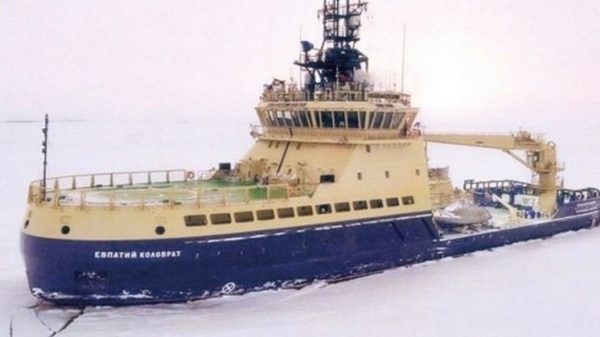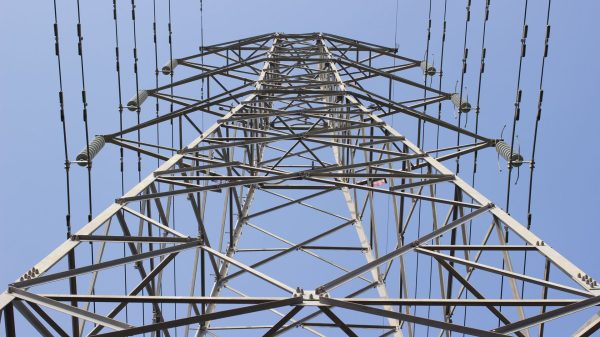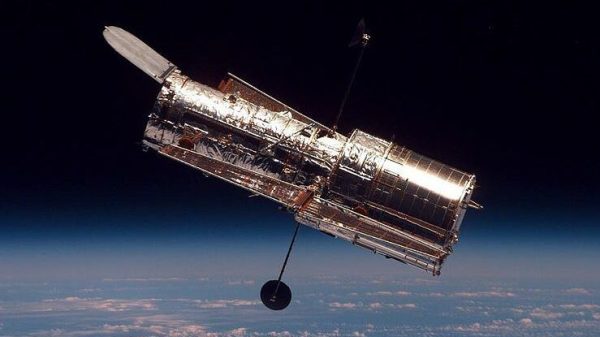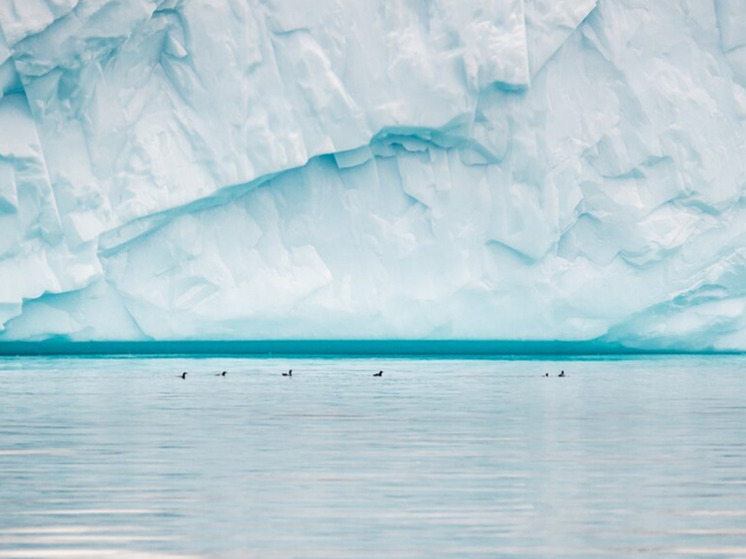Ocean water poses serious consequences
Ocean water lies miles beneath Antarctica's «doomsday glacier,» according to a new study that took x-rays of Antarctica's most important glacier. making it more vulnerable to melting than previously thought.

According to a study published Monday in the journal Proceedings of the National Academy of Sciences, when salty, relatively warm ocean water comes into contact with ice, it causes “intense melting” beneath the glacier and could mean that projections of global sea level rise are underestimated, CNN reports.
The Thwaites Glacier in West Antarctica, nicknamed the “Doomsday Glacier” because its collapse could lead to catastrophic sea level rise, is the widest glacier in the world and is roughly the size of Florida. It is also Antarctica's most vulnerable and unstable glacier, largely because the land on which it sits slopes downwards, allowing ocean waters to eat away at its ice.
In Thwaites, which already contributes 4% contributing to global sea level rise, contains enough ice to raise sea levels by more than 2 feet. But because it also serves as a natural dam for the surrounding ice in West Antarctica, scientists estimate that its complete destruction could ultimately lead to sea levels rising by about 10 feet, which would be catastrophic for coastal communities around the world.
< p>Many studies point to Thwaites' enormous vulnerability. According to a 2022 study, global warming caused by humans burning fossil fuels has left it hanging on by a thread.
This latest study adds a new worrying factor to predictions about it. fate, CNN emphasizes.
A team of glaciologists, led by scientists from the University of California, Irvine, used high-resolution satellite radar data collected between March and June last year to create an X-ray image of the glacier. This allowed them to build a picture of changes in Thwaites's “grounding line” — the point at which a glacier rises from the seafloor and becomes a floating ice shelf. Grounding lines are vital to the stability of ice sheets and are a key vulnerability for Thwaites, but they are difficult to study.
“In the past, we only had anecdotal data to study this,” said Eric Rignot, a professor of Earth system sciences at the University of California, Irvine and co-author of the study. “In this new dataset, which is maintained daily and over several months, we have reliable observations of what is happening.”
Scientists watched as seawater pushed under the glacier for miles and then came out again, following the daily rhythm of the tides. When water flows in, it's enough to «raise» the surface of the glacier by a few centimeters, Rigno told CNN.
He suggested that the term «grounding zone» might be more appropriate than grounding line because, according to According to their research, it can move almost 4 miles during a 12-hour tidal cycle.
According to Rigno, the speed of seawater that moves significant distances in a short period of time accelerates the melting of glaciers because, once the ice melts, the fresh water is washed out and replaced by warmer seawater.
“This process of widespread, colossal seawater intrusion will increase projections of sea level rise in Antarctica,” he added.
Ted Scambos, a glaciologist at the University of Colorado Boulder who was not involved in the study, called the study results “ exciting and important.”
“This discovery reveals a process that has not yet been taken into account in models,” he comments to CNN. And although these results only apply to certain areas of the glacier, he said, “this may accelerate the rate of ice melt in our forecasts.”
According to James Smith, a marine geologist with the British Antarctic Survey, who was not involved in the study, it remains unclear whether the rising seawater under Thwaites is a new phenomenon or whether it was significant but remained unknown for a long time.
“In any case, it is clear that this is an important process that needs to be included in models ice sheet,» he told CNN.
Noel Gourmelin, a professor of Earth observation at the University of Edinburgh, said the use of radar data for this study was interesting. “Ironically, as we go into space using our growing satellite capabilities, we will learn much more about this environment,” he told CNN.
According to Gurmelen, who was not involved in the study, there are still many unknowns about what the study results mean for Thwaites' future. It's also unclear how widespread the process is in Antarctica, he told CNN, «although it's very likely it's happening elsewhere.»
Antarctica, an isolated and complex continent, appears to be increasingly vulnerable to the climate crisis, CNN emphasizes. Analyzing satellite data and using climate models, scientists concluded that this record low level would have been “extremely unlikely without the influence of climate change.”
In a separate study also published Monday, researchers from the British Antarctic Survey looked at the reasons for record low levels of sea ice around Antarctica last year.
Melting sea ice does not directly contribute to sea level rise because it is already floating. but it leaves coastal ice sheets and glaciers exposed to waves and warm ocean waters, making them much more vulnerable to melting and destruction.
The researchers also used climate models to predict the potential rate of recovery from such extreme marine loss ice, and found that even after two decades, not all the ice would have recovered.
“The impacts of low Antarctic sea ice for more than twenty years would be severe, including on local and global weather,” Louise Syme, co-author of the BAS study, said in a statement.
Evidence over the past few years suggests the region is facing “prolonged regime change,” the authors write.

























































Свежие комментарии